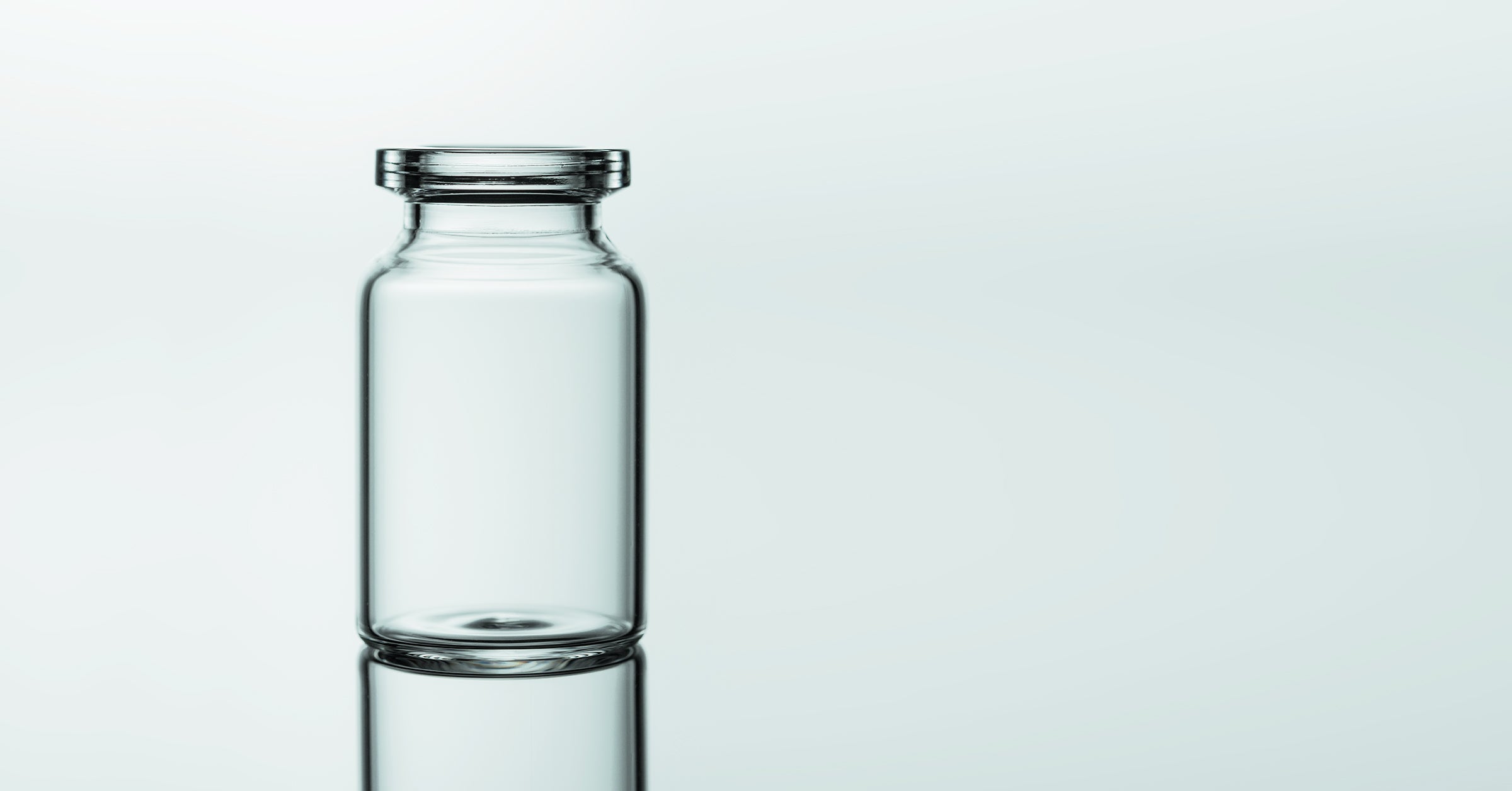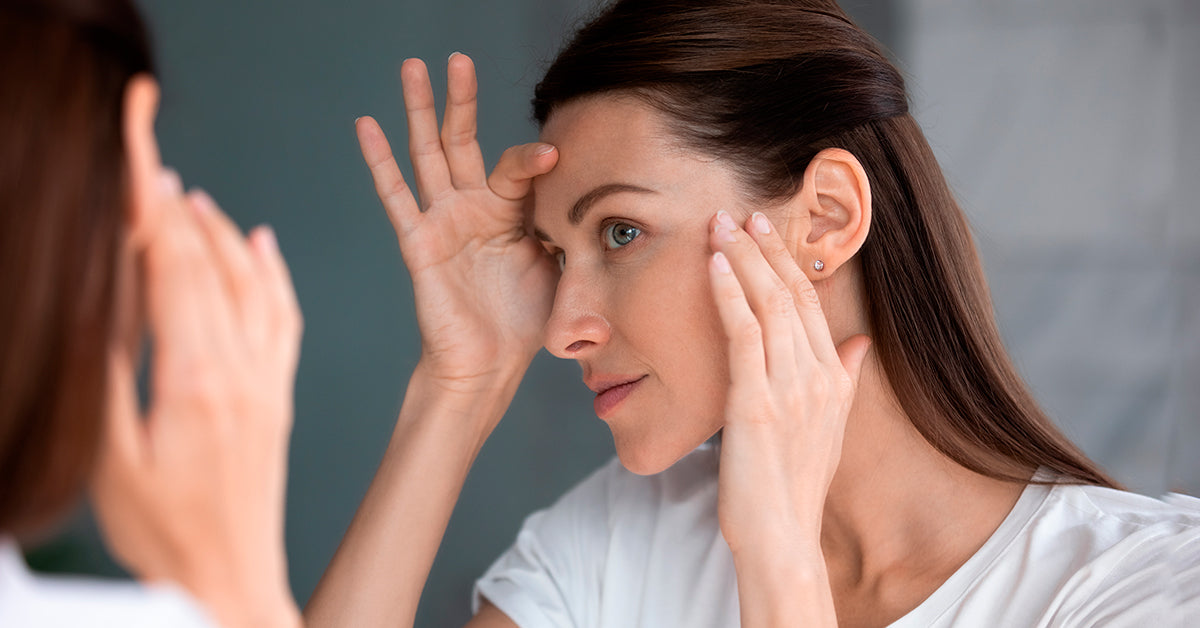Anything with the term ‘acid’ in it is a bit hair-raising, especially when you’re considering putting it on your skin. Glycolic acid is one of the newest ingredients added to a plethora of skincare products, and it’s incredibly trendy in the beauty industry. While it’s one thing to be popular, it’s quite another to be safe.
Take the stigma away from the word acid first. Then, discover the benefits and advantages of adding skin care products containing this hot ingredient to your daily treatment regimen as defined by professionals.
What is Glycolic Acid?
Acid isn’t a chemical compound that is only found in dangerous solutions. Glycolic acid is a perfect example of that. It’s a carbon-containing molecule of alpha-hydroxy acid or AHA that’s completely organic. Glycolic acid is most commonly found in things like sugar cane and fruit naturally.
This particular AHA is water-soluble, and it exfoliates the outer layer of the skin increasing luminosity and appearance. Dermatologists love glycolic acid because it gives their patients the ability to remove the dead skin without implementing harsh techniques like scrubbing, which almost always leads to extreme irritation, redness, and other harmful side effects.

The Benefits of Glycolic Acid vs. Traditional Skin Care Treatments
Your doctor or dermatologist has recommended you add glycolic acid to your skincare treatment plan, but they didn’t tell you the specifics of why. You want to trust your preferred specialist, but it’s also always up to you to do your own research.
Before applying any cream or serum to your skin, you want to know how your body will react. With glycolic acid being a naturally occurring AHA, the risk for suffering adverse reactions is minimal. You should test a small area of skin first before completing a full-on treatment.
Now that you’ve been given your instructions let’s dive into the advantages of this trendy ingredient!
- Heals Acne – Medical professionals have determined that glycolic acid heals acne-prone parts of the skin when applied regularly and prevents the pimples from coming back.
- Gets Under the Skin – Instead of scouring away layers of skin from the top down, the ingredient soaks into the skin and promotes healing more naturally.
- Glowing Complexion – You’re essentially resurfacing your skin with glycolic acid products. It makes your skin appear brighter, more youthful, and smoother.
- Creates Elasticity – When you incorporate skin treatment products from cosmetics to toners and moisturizers, all containing glycolic acid, your skin will become more refreshed and supple.
- Reverses Aging – The natural ingredients help to reduce and remove fine lines, wrinkles, blemishes, and other age spots.
- Scar Healing – The proofing attributes glycolic acid has for your skin helps to cure acne scars, blemishes, and other scars from injuries to the face.
- Safer Exfoliation – Because the glycolic acid goes deep into the skin and works its way out, you’re exfoliating your skin as you should, but without all the irritating and damaging, more abrasive techniques.
- Opens Clogged Pores – Face creams, lotions, and other products with glycolic acid eliminates dead cells, opens pores, and gives you a glowing appearance.
What to Watch for With Glycolic Acid Treatments
While, for the most part, glycolic acid is safe and effective, you have to check the concentration level. Anything with more than 10{557eacacf58aaf99d36d76a961d2e3d6fcb8a602cff321b1cc5f2a797cb94f7e} of the ingredient can be dangerous for your skin. Ensure you always use a neutralizer after applying any glycolic acid products to wash the acid off thoroughly.
Moisturizing and SPF protection are both essential with all skincare treatments. When following the proper plan, glycolic acid is very beneficial to your skin’s health and appearance. It is always suggested you talk with your doctor or dermatologist before starting any skin care treatment regimen.
Since we are talking about Glycolic Acid discover our Relux line and find more about Soft-Peeling Antiaging.
